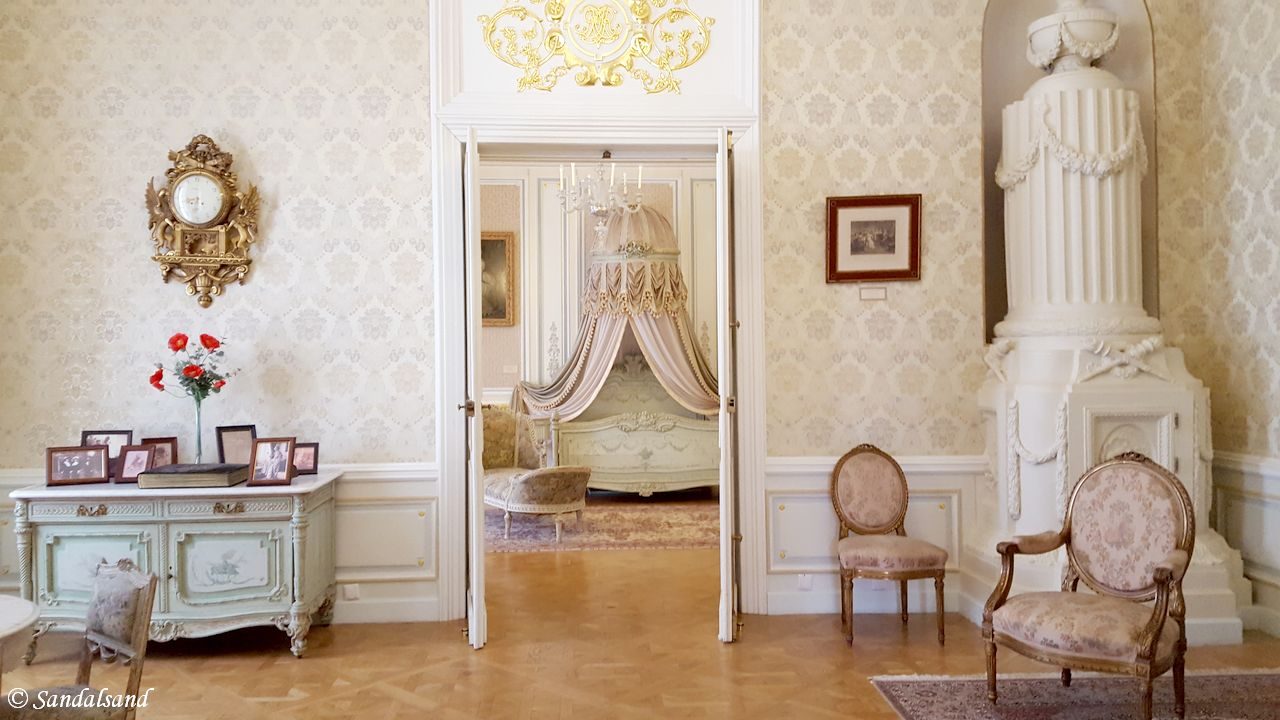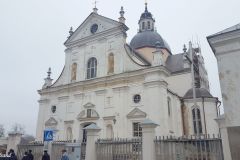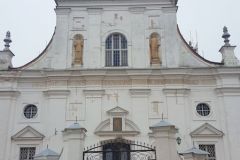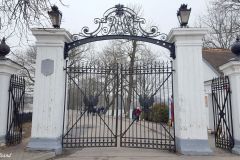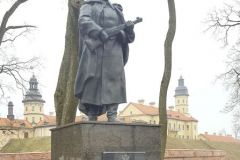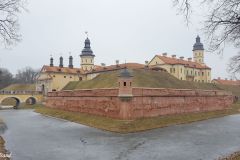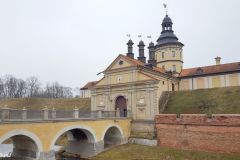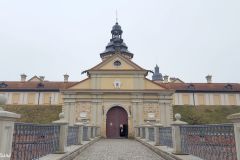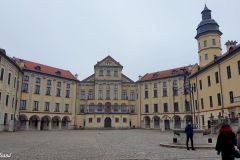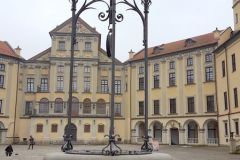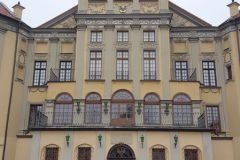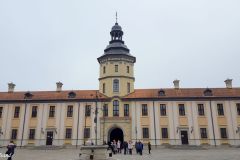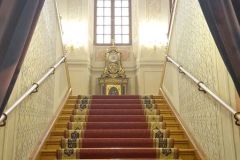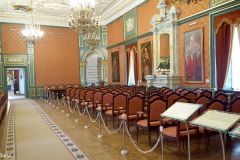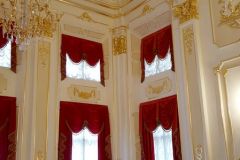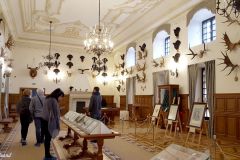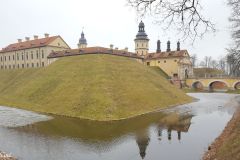The Nesvizh Palace is the most beautiful palace in Belarus. It seems clear that its diverse architecture and attractive gardens make it one of the most popular tourist attractions in the country.
The UNESCO World Heritage List includes more than a thousand properties with outstanding universal value. They are all part of the world’s cultural and natural heritage.
Official facts
- Official name: Architectural, Residential and Cultural Complex of the Radziwill Family at Nesvizh
- Country: Belarus
- Date of Inscription: 2005
- Category: Cultural site
UNESCO’s World Heritage Centre’s short description of site no. 1196:
The Architectural, Residential and Cultural Complex of the Radziwill Family at Nesvizh is located in central Belarus. The Radziwill dynasty, who built and kept the ensemble from the 16th century until 1939, gave birth to some of the most important personalities in European history and culture. Due to their efforts, the town of Nesvizh came to exercise great influence in the sciences, arts, crafts and architecture. The complex consists of the residential castle and the mausoleum Church of Corpus Christi with their setting. The castle has ten interconnected buildings, which developed as an architectural whole around a six-sided courtyard. The palaces and church became important prototypes marking the development of architecture throughout Central Europe and Russia.
My visit
I arrived at the Nesvizh Palace on a guided tour from Minsk, combining this heritage site with another, Mir Castle. Please consult that article for practical details related to my visit. Both complexes were for centuries owned by the Radziwill family. In Nesvizh the property came into the hands of the dynasty in 1533 and they gradually evolved it from a basic fortress to a fortified mansion complete with renaissance-baroque features.
In 1706 invading Swedes largely destroyed it and in 1772 Russians seized the Nesvizh Palace. However the Radziwills returned by the end of the 19th century and gradually began to rebuild the castle and also expand the surrounding area into an English park. As with the rest of what today is recognised as Belarus, the castle has been in the midst of invading forces and shifting authorities for its entire history. The Radziwills were for the last time expelled from the castle in 1939. After the Great Patriotic War (WWII) it was a sanatorium.
In 1994 it became a national historical and cultural reserve. Eleven years later it became listed by UNESCO. Restoration works have been going on inside and around the castle for several years. Finally, in 2012 doors could open to the general public.
Suggestions
The garden is well worth taking a look at, and so is the fortified outer wall with a moat. Most visitors would want to take a tour inside the castle itself. I was on a Russian tour, but was able to use an audio-guide in English. This worked very well. The circular route around the castle interior is a splendid introduction to the history of it, as well as to the shifting fashion styles of European architecture and interior design over the last 500 years.
Let me add that visitors must walk up the the castle proper and park from the village centre. There we find the Corpus Christi mausoleum-church holding the remains of 72 members of the Radziwill family. This church (built 1587 to 1603) was the first baroque architectural structure in Eastern Europe, and is an integral and very important part of the world heritage inscription. It was unfortunately not open.
Read more about my visit to Belarus.

